Farming and crofting make up an immensely important and fantastic industry.
The sector is run by a small minority of the population, yet delivers for everyone on a 24/7 basis. The farming community are generally extremely hard-working, modest, genuine folk, with a deep passion for what they do.
Physical and mental health have got to be two of the most precious, yet often under-valued assets which farmers and crofters possess, and indeed require, in order to carry out their many and varied roles.
Today, farmers and crofters are expected to be experts in a raft of many skill sets.
These include animal science, soil health, crop husbandry, mathematics, computer technology, mechanical engineering, accountancy, finance, sales and negotiation – the list is endless.
The types and intensity of physical and mental stress endured by farmers and crofters nowadays are certainly very different from those borne by their grandparents.
More technology, more hazards
Farming systems have altered and improvements in technology mean the industry is more mechanised to cope with weather patterns and seasons. But this creates more hazards, with heavy, fast-moving and sharp implements part and parcel of modern machinery types.
Farming remains one of the most dangerous industry sectors in terms of health and safety. Lone working, long hours and the pressure to execute tasks within the constraints of variable weather patterns lead to fairly exhausting lifestyles.
Farmers’ late night paperwork
It is common practice for many farmers to deal with the ever-growing paperwork and form filling tasks “at the end of the day”, which for some is sometime nearing midnight.
This is neither good for concentration levels and accuracy of completion, nor for physical and mental well-being.
Farmers and crofters frequently feel under-valued by civil servants, politicians and the wider population.
Without doubt, those who have a sound knowledge of rural matters do understand, appreciate and value our farmers and crofters. Sadly, however, they are in the minority.
High expectations, intense scrutiny and demands on our farmers and crofters are all in tandem with a serious lack of knowledge among some consumers. This places enormous adverse pressures on farmers’ mental and physical health.
Meanwhile, government policies often lack big picture vision. They can also be silo-based, with frequently conflicting goals, and possess a very short-termism approach.
Farming and crofting cannot operate in the short-term. The political arena is such that our masters are frequently creating immensely confusing and often debilitating regulations which inflict great financial expense, and physical and mental torture on those who work the land.
Custodians of the land
Farmers and crofters are the ultimate custodians of the land but little, if any value, is accredited to them. Is it any wonder that farmers’ mental well-being is so vulnerable?
The knowledge bank within the farming and crofting industry is incredible and cannot be over-stated.
Their comprehension about the natural world and environment which we all adore and depend on is second to none. Yet, some policymakers believe their own knowledge and experience on this subject far outweighs that of the custodians of the countryside.
The repercussions of this and bad policy decisions play an enormous part in the poor mental and physical wellbeing of those involved in farming and crofting.
Our masters are frequently creating immensely confusing and often debilitating regulations which inflict great financial expense, and physical and mental torture on those who work the land.
Others who are employed in the rural sector also suffer from poor mental health.
Farmers and crofters may unload some of their most private and negative thoughts to their vet, or machinery, feed, seed or fertiliser representative, for example. These people are sometimes the only confidants farmers and crofters feel able to talk to. They are sometimes the unpaid and caring “on-farm counsellor”.
As intimated earlier, this industry is fantastic and delivers such a lot for so many.
But in its current state the sector is unsustainable. How can we fix the problem?
Box of plasters ‘almost empty’
Government action seems to consist of setting up forums and donating cash to mental health charities.
While this is all very welcome and credible, it does not address the deep-rooted causes.
If I had the opportunity to advise governments, I would say: ”Please, respectfully and sincerely listen to farmers and crofters. If you do this, then you may begin to understand the treacherously dangerous impact of the policies you are implementing.
“Please do not focus completely on symptoms as the box of plasters is almost empty.”
Lorna Paterson is the regional manager for NFU Scotland in the north-east.
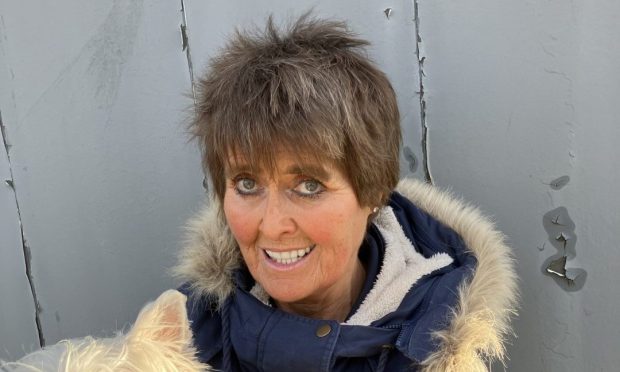
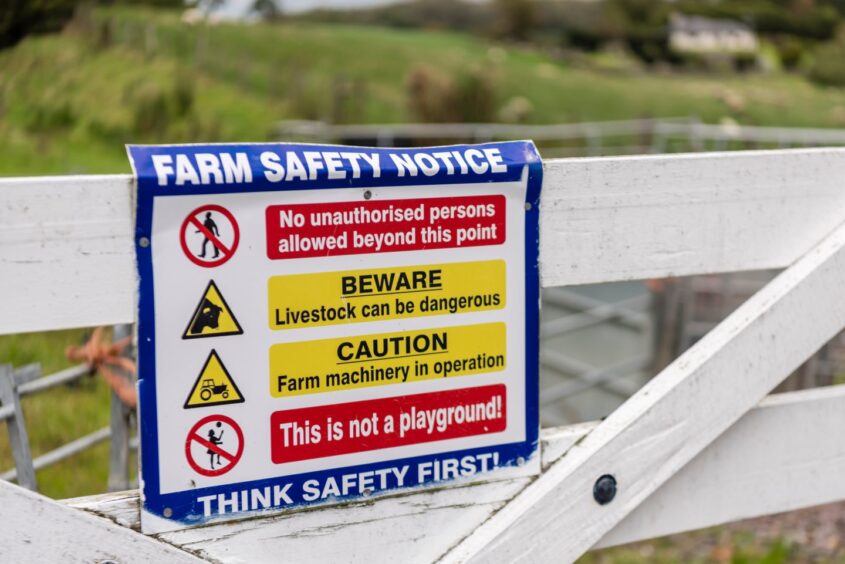
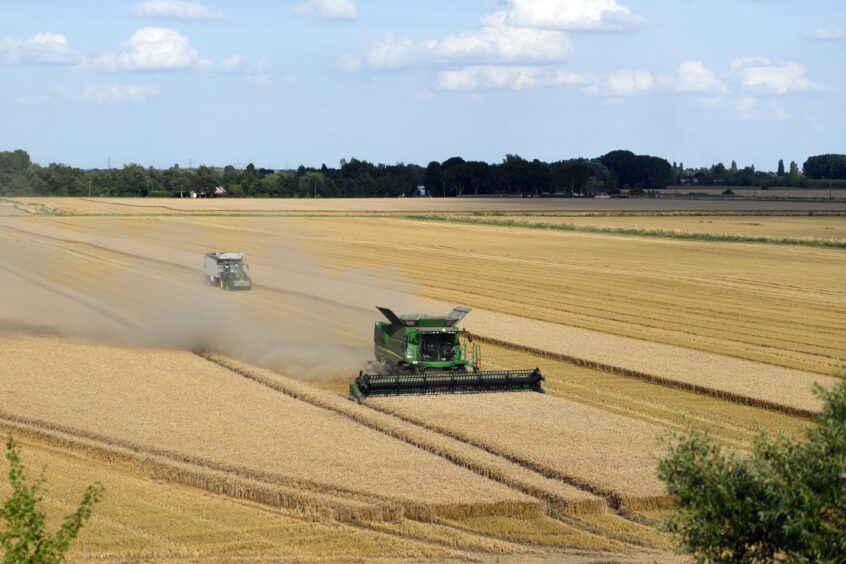
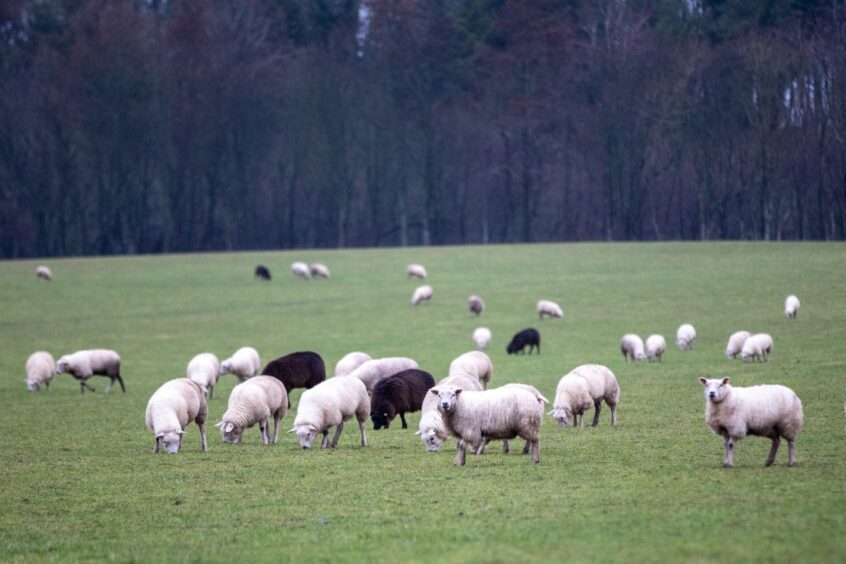
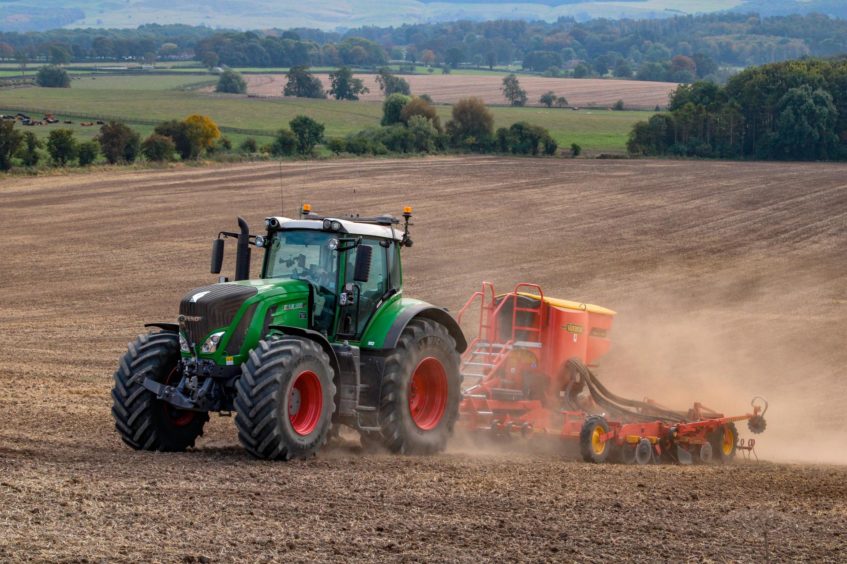
Conversation